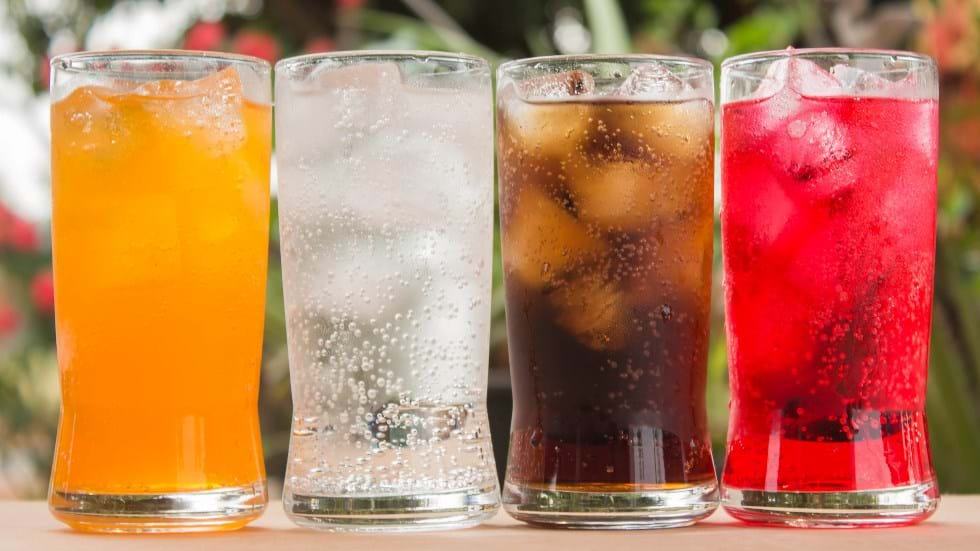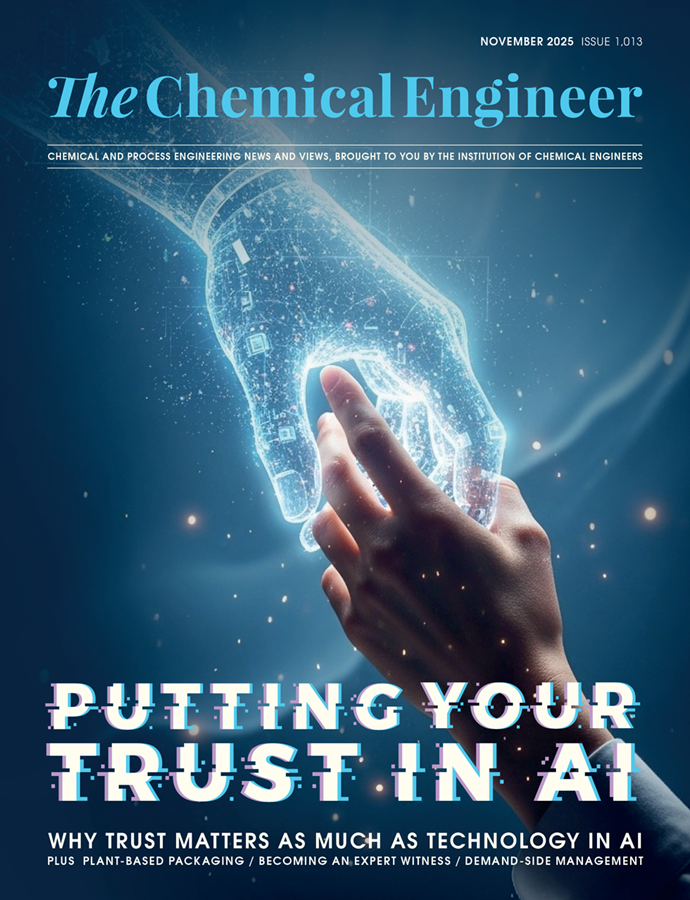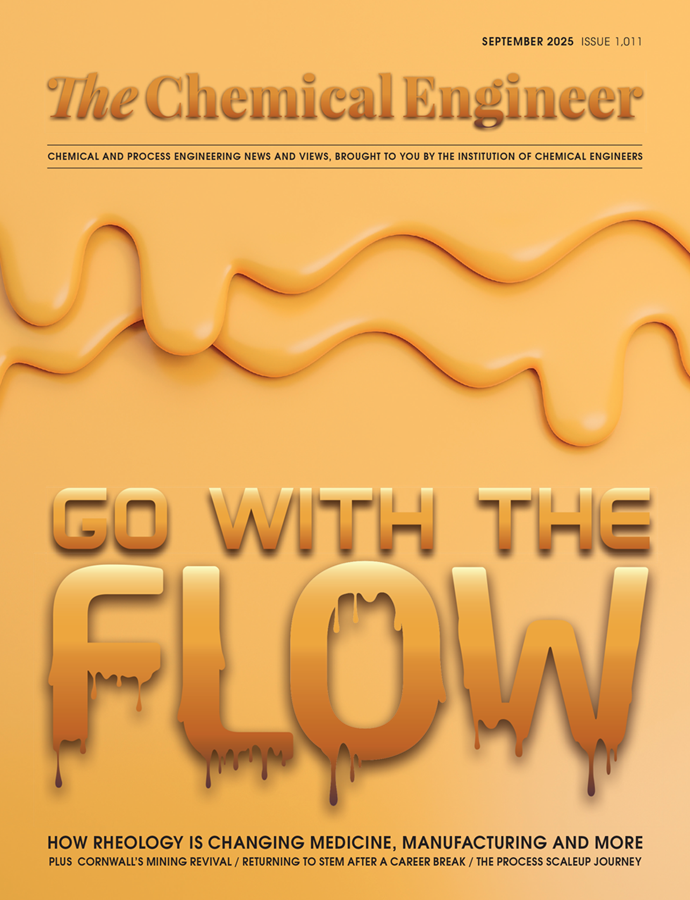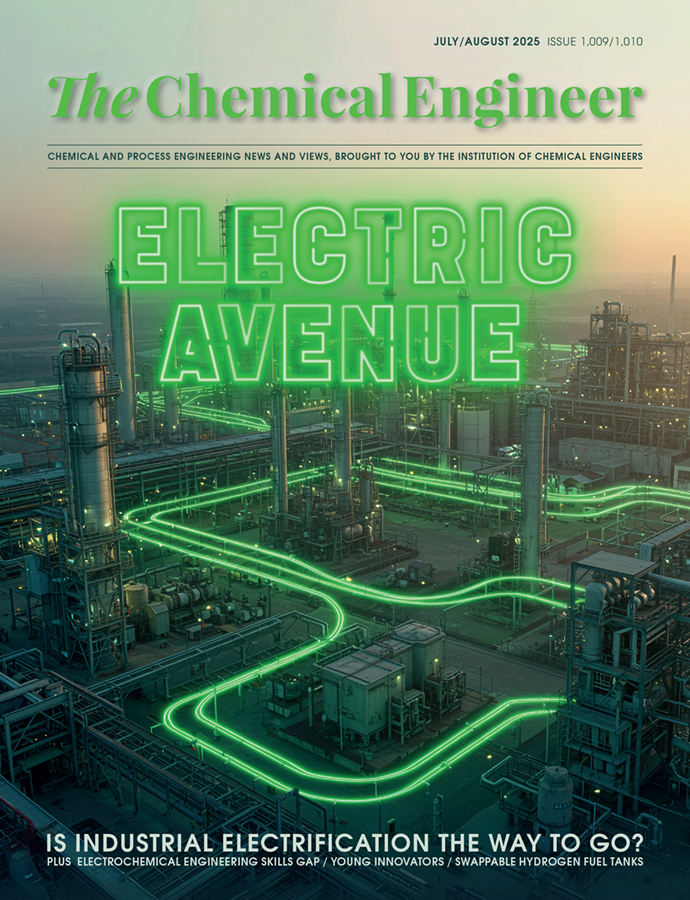European carbon capture developers shake up food-grade CO2

A DUTCH carbon capture firm has developed transportable, ready-to-use liquid CO2 that it says has the capability to “surpass” industry standards for food-grade purity.
Skytree used its Stratus Alpha testing unit at its Almere facility to show that CO2 captured from its direct air capture (DAC) system at 98% gas purity level could be converted into liquid CO2 with a purity of 99.98%.
Using captured CO2 for fizzy drinks has been common practice in the food and drink industry for more than a century, with carbonation first discovered as far back as the 18th century by British chemist Joseph Priestley.
High-purity CO2
Food-grade CO2 is chemically identical to regular CO2 – commonly used in cooling and refrigeration – and differs when it comes to meeting specific standards on purity and handling.
Most food-grade CO2 is sourced from natural wells, or as a byproduct of ethanol and ammonia production. Before it can be used, the CO2 goes through several treatment steps, including purification and filtration to remove contaminants such as water and oxygen, compression and liquification, and deodorisation.
The global purity standard set by the International Society of Beverage Technologists (ISBT) for food-grade CO2 is a minimum of 99.9%.
Waste-to-fizz
Skytree says its DAC technology can exceed the industry’s beverage-grade CO2 standards and expects its system to be ready for commercial deployment next year.
Wojciech Glazek, the CTO of Skytree, said: “Our system’s high initial CO2 purity makes liquefaction simpler and more efficient, avoiding the 15%+ CO2 losses other systems can face.”
DAC has already proven its potential in commercial carbonation. Swiss firm Climeworks previously partnered with Coca-Cola HBC Switzerland to use captured CO2 to carbonate the company’s Valser mineral water.
Elsewhere in Europe, carbon capture plant developer Carbon Centric is supplying food-grade CO2 from waste sources. The company recently opened a facility in Rakkestad, Norway, and had its first batch of food-grade CO2 approved for commercial sale by food standard certification company, Foundation FSSC.
The facility captures CO2 from waste-to-energy incineration and can produce around 10,000 t/y of CO2 for the food and beverage sector.
Fredrik Häger, the CEO of Carbon Centric, said: “Delivering our first tonnes of captured CO2 proves that the technology works in practice and that we can help build a new green industry.”
Recent Editions
Catch up on the latest news, views and jobs from The Chemical Engineer. Below are the four latest issues. View a wider selection of the archive from within the Magazine section of this site.




